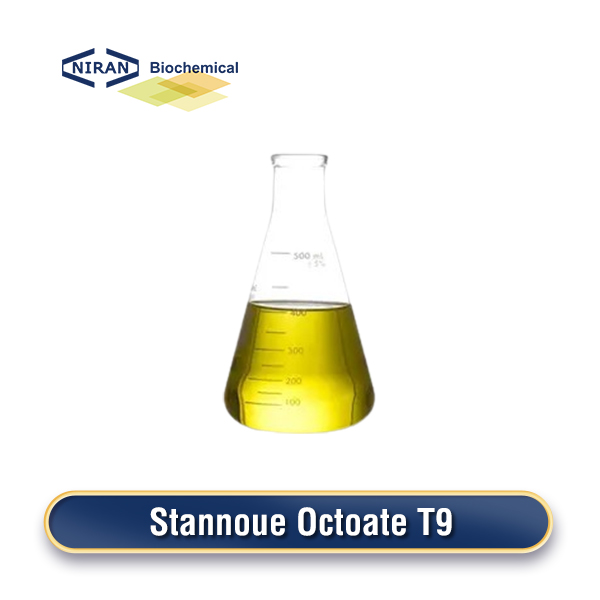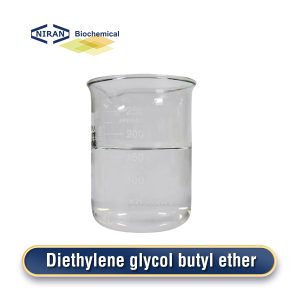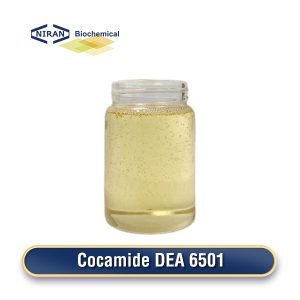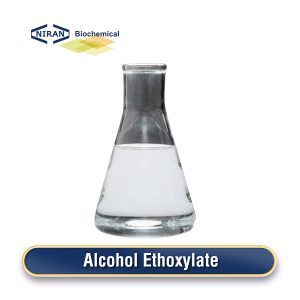Stannoue Octoate T9
- CAS Number: 301-10-0
- Chemical Formula: C8H14O2Sn
- MOQ: 1000KG
- Shelf Life: 2 years
- Synonyms: Stannous Octoate, Tin(II) Octoate, Tin Octoate T9, Octanoic Acid Tin Salt
Product Description
What Is Stannoue Octoate T9?
Stannous Octoate T9 is a tin(II) salt of octanoic acid (also known as octoate), commonly used as a catalyst in the production of polyurethanes, plastics, and coatings. It is crucial for sectors including chemical manufacture, construction, and the automobile industry since it speeds up the curing and polymerization processes. It is particularly valued for its role in enhancing the efficiency of reactions in polyurethane foam production and silicone rubber curing.
Preparation Method:
Stannous Octoate T9 is synthesized by reacting stannous chloride (SnCl2) or stannous oxide (SnO) with octanoic acid in the presence of an organic solvent like toluene or xylene. In order to encourage the creation of stannous octoate, the mixture is heated to 150°C to 180°C. Afterward, the product is purified through distillation or vacuum evaporation to remove excess solvents and unreacted materials. The final product is a pale yellow to brown liquid, soluble in organic solvents and commonly used in various industrial applications requiring rapid curing.
Related Parameters:
| Item | Standard |
| Purity (Sn content) | ≥ 98% |
| Specific Gravity (at 25°C) | 1.05 – 1.15 |
| Viscosity (cP, at 25°C) | 50 – 150 |
| Flash Point (°C) | ≥ 180°C |
| Acid Value (mg KOH/g) | ≤ 10 |
| Water Content | ≤ 0.5% |
| Density (g/cm³) | 1.05 – 1.1 |
Recommended Dosage of Stannoue Octoate T9:
| Applications | Dosage |
| Polyurethane Foams | 0.05% – 0.1% |
| Polyurethane Coatings | 0.1% – 0.5% |
| Silicone Rubber Curing | 0.1% – 0.3% |
| Resins and Adhesives | 0.05% – 0.1% |
| Plasticizer Production | 0.05% – 0.2% |
| Catalyst for Polymerization | 0.1% – 0.5% |
Stannoue Octoate T9 Has Wide Range of Uses:
1. Polyurethane Foam Production
Stannous Octoate T9 is commonly used as a catalyst in polyurethane foam production, where it accelerates the reaction between isocyanates and polyols, improving the foaming process. It is widely used in industries like furniture, automotive, and construction.
2. Polyurethane Coatings
It serves as a crosslinking catalyst in polyurethane coatings, aiding in the polymerization and curing of coatings for applications such as metal protection, wood finishes, and automotive paints.
3. Silicone Rubber Curing
In silicone rubber curing, Stannous Octoate T9 acts as a catalyst for addition-cure reactions, essential in producing silicone elastomers used in seals, gaskets, and medical devices.
4. Resins and Adhesives
Stannous Octoate T9 is used in the production of polyester resins and adhesives, promoting the polymerization and enhancing the setting time and performance of adhesives in various industrial applications.
5. Plasticizer Production
It catalyzes the esterification of acids and alcohols in the production of plasticizers used in PVC and other polymeric materials.
User asked question:
Q: How does Stannous Octoate T9 work as a catalyst?
A: Stannous Octoate T9 acts as a catalyst by facilitating the polymerization and curing reactions in materials like polyurethane and silicone. It speeds up the reaction between polyols and isocyanates in polyurethane systems or the curing of silicone rubber through addition-cure reactions. By lowering the activation energy required for these chemical reactions, it enables faster production times, improves processing efficiency, and enhances the final product’s performance, such as better mechanical properties and chemical resistance.




